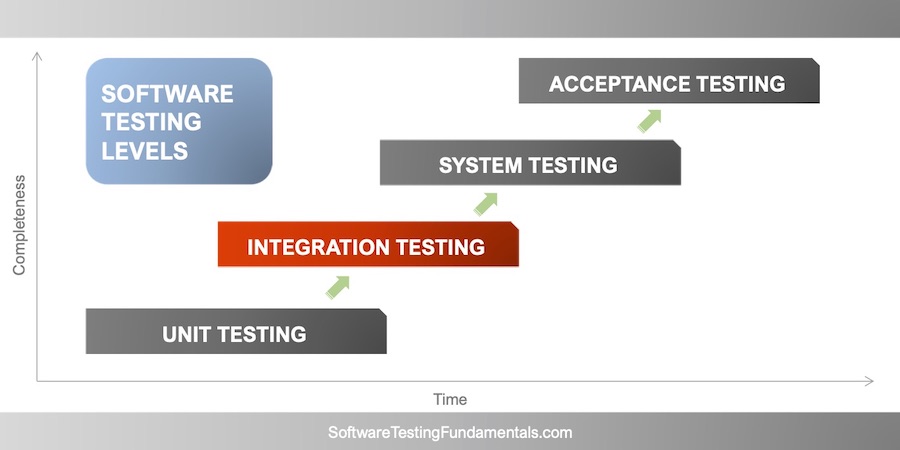Integration testing is one of the types of software testing that tests the integration between different modules or systems to ensure they function accurately together. This testing aid verifies the functionality, interface, and data flow between two or more integrated systems. For businesses, integration testing plays a critical role. In this blog, we have highlighted the best techniques and benefits of integration testing.
Significant Benefits of Integration Testing
Optimize Time and Money Resources
It involves testing different modules; bugs or errors can be fixed early in the software development process. This optimizes the time and money resources of the company and helps them streamline their business operations. To put it simply, if a company uses different applications, then at some point, they need to integrate those applications to carry out further operations. Integration testing helps examine the defects or issues among the modules or applications.
The data changes may occur while transferring one module to another because it might be a possibility that the programmer might have developed it differently from what is delivered. As a result, the company faces issues in module and system integration. This testing helps check the compatibility of each module in an early phase.
Enable Effective Third Party Testing
API or Application Programming Interface comprises comprehensive instructions related to communications between different components or modules. Moreover, having an exceptional API is critical for businesses as it assists them in developing computer programs. Usually, modules interact with these APIs or third-party tools to embody a user-friendly outlook. However, it is known that data gets changed while transferring. Therefore, examining whether whatever is obtained through API is accurate and whether the output meets the expectations is crucial.
Overcome Problems of Manual Testing
Usually, a developer uses a testing approach, such as problem identification, solving problems, choosing the right course of action for problem-solving, manually checking problems, and repeating steps in case of remaining issues. The problem with manual testing is that you can observe one facet of the system at a time. Due to this, developers must employ integration testing to avoid faults in the end product.
Improved System Reliability
By testing the integration between various components, businesses can ensure that their systems function reliably and as intended. Integration testing helps verify various parts of a system work together seamlessly, minimizing the chances of unexpected failures or errors in production.
Moreover, it allows businesses to evaluate their systems’ performance under realistic conditions, which is considered one of the significant benefits of integration testing. By simulating real-world scenarios and interactions between components, businesses can identify performance bottlenecks, optimize resource utilization, and ensure that their systems meet performance requirements.
Best Techniques to Improve the Integration Testing
Prior Testing
Early testing is fruitful for the software development process. It assists in early bug-catching because significant delays may result if waiting till the end of the development process, leading to increased costs.
Testing Framework
Using a comprehensively built test framework helps build efficient and effective integration testing.
Build Test Cases
The creation of robust test cases is essential for seamless integration testing. Different modules are associated with communication points known as interfaces, and any issue with these interfaces can lead to significant problems. Therefore, thoroughly testing all the interfaces is critical to ensure the operational workflow.
Data Testing
To ensure that the data passed between modules is correct and processed accurately, robust data testing is one of the essential integration tests. Additionally, it helps identify that the application is functioning accurately.
Automation Tool
The use of an automation tool further streamlines the integration testing process. Many tools are available in the market, and Opkey is one of them. Its no-code test automation feature accelerates integration testing by leveraging AI technology.
Performance Testing
It helps identify any bottlenecks in interlinked modules. This testing ensures that the application is working as intended. Testing under different scenarios and loads helps ensure whether the application can handle the varying traffic levels or not.
Expedite Integration Testing With Opkey!
By inculcating the above-mentioned techniques, businesses can get significant benefits of integration testing. It helps ensure the reliability, security, and portability of different modules or components of the application or software.
Opkey is a no-code test automation platform with self-healing capabilities that can be integrated seamlessly with continuous integration tools.
It facilitates the comprehensive solution for automated integration testing. Additionally, it offers a range of integrations with other tools and technologies that help improve the testing process, including real-time monitoring solutions.
It is a well-established solution that can aid businesses in achieving efficiency at their best.




